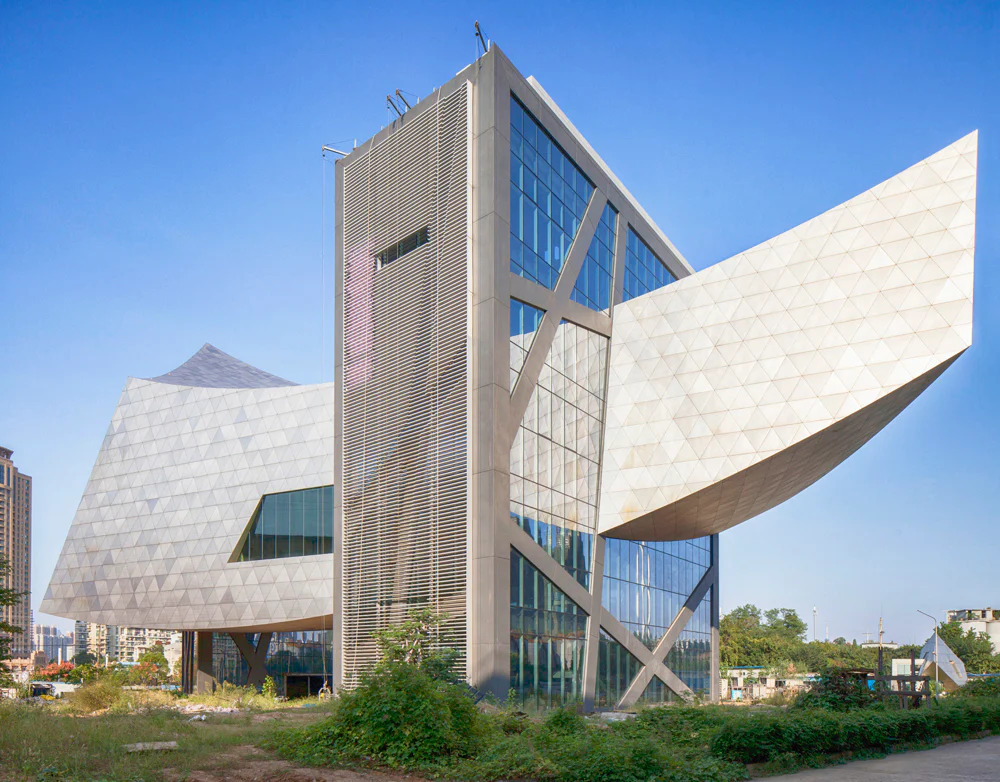- Home
- Articles
- Architectural Portfolio
- Architectral Presentation
- Inspirational Stories
- Architecture News
- Visualization
- BIM Industry
- Facade Design
- Parametric Design
- Career
- Landscape Architecture
- Construction
- Artificial Intelligence
- Sketching
- Design Softwares
- Diagrams
- Writing
- Architectural Tips
- Sustainability
- Courses
- Concept
- Technology
- History & Heritage
- Future of Architecture
- Guides & How-To
- Art & Culture
- Projects
- Interior Design
- Competitions
- Jobs
- Store
- Tools
- More
- Home
- Articles
- Architectural Portfolio
- Architectral Presentation
- Inspirational Stories
- Architecture News
- Visualization
- BIM Industry
- Facade Design
- Parametric Design
- Career
- Landscape Architecture
- Construction
- Artificial Intelligence
- Sketching
- Design Softwares
- Diagrams
- Writing
- Architectural Tips
- Sustainability
- Courses
- Concept
- Technology
- History & Heritage
- Future of Architecture
- Guides & How-To
- Art & Culture
- Projects
- Interior Design
- Competitions
- Jobs
- Store
- Tools
- More
Unique Materials Shaping the Future of Construction

The construction industry is witnessing an evolution, driven by a blend of technological innovation and environmental considerations. As demands for sustainable, stronger, and more adaptive structures grow, the materials used in building are also rapidly evolving. From pollution-eating coatings to translucent concrete, let’s dive into the unique materials that are reshaping the blueprint of modern construction.
Table of Contents
Toggle1. Self-Healing Concrete
Cracks in concrete aren’t just unsightly; they can lead to structural problems and shorten the life of a construction. Enter self-healing concrete. Infused with bacteria that produce calcite as a metabolic byproduct, this innovative material can fill in its own cracks, potentially saving millions in future repair costs.
2. Aerogels
Dubbed ‘frozen smoke’ due to their ethereal appearance, aerogels are among the lightest solid materials known to man. These gels, derived from a gel in which the liquid component is replaced with gas, boast impressive insulating properties. Their ability to resist the flow of heat makes them an attractive, eco-friendly alternative for insulation in buildings.
3. Graphene
A single layer of carbon atoms arranged in a hexagonal lattice, graphene is renowned for its strength (200 times stronger than steel) and conductivity. These properties make it an enticing choice for reinforcing other building materials and enhancing their properties.

4. Translucent Concrete
Concrete, a staple in construction, gets a futuristic makeover with this iteration. Translucent concrete embeds optical fibers within the mixture, allowing light to pass through. The result is a material that offers the strength of traditional concrete but can illuminate spaces in a new, intriguing manner.
5. BioMASON Bricks
Produced without the need for firing, BioMASON bricks are cultivated through a process that uses bacteria to produce a cement-like material. This method significantly reduces the carbon footprint associated with brick production, pushing the envelope for sustainable construction practices.

6. Pollution-Absorbing Bricks and Coatings
Environmental concerns are central to the future of construction. New brick designs, and special coatings for buildings, are being developed to absorb pollutants from the air. Not only do they promise cleaner air for urban areas, but they also represent a proactive step in combatting global pollution.
7. 3D Printing Materials
3D printing in construction isn’t about the printers—it’s about the material. These materials are often composite mixtures, optimized for rapid setting, and durability. From entire homes to intricate design elements, 3D printed components offer new ways to envision and actualize architectural wonders.
8. Phase Change Materials (PCMs)
PCMs can absorb, store, and release heat as they transition between solid and liquid states. When incorporated into building materials, they help regulate interior temperatures, reducing the need for external heating or cooling, and thus lowering energy consumption.
The future of construction isn’t just about the grandeur of architectural designs but also about the minutiae of the materials that make those designs a reality. As we propel into a future marked by challenges from climate change and increasing urban populations, these innovative materials promise a brighter, sustainable, and more resilient tomorrow.

Many of the materials mentioned in the article are the results of interdisciplinary collaborations between architects, scientists, engineers, and researchers. While individual architects may embrace and popularize these materials, the inception and development of these materials often involve teams beyond a single architect or firm.
However, there are several architects and firms known for their forward-thinking approaches and adoption of novel materials:
- Foster + Partners: This firm, headed by Sir Norman Foster, is always at the forefront of sustainable and technological design. They often collaborate with engineers and material scientists to innovate in their designs.
- Neri Oxman: A professor at the MIT Media Lab, Oxman works at the intersection of biology, computation, and design. She has pioneered many projects focused on material innovation.
- Studio Roosegaarde: Led by Daan Roosegaarde, this studio explores the relationship between people, technology, and space. They’ve dabbled in projects like “Smog Free Tower” that uses ionization technology to clean urban air.
- ECOncrete: While not an architect, it’s worth noting this company for their innovative approach to concrete. They produce bio-enhancing concrete technologies that support coastal and marine ecosystems while increasing the structural longevity of the constructions.
While these architects and firms are noteworthy for their innovative approach to design and materials, the development and popularization of new materials is a collective effort involving architects, material scientists, researchers, and the wider construction industry.

Submit your architectural projects
Follow these steps for submission your project. Submission FormLatest Posts
Why Legal Support Is Critical After a Serious Construction Accident
If you are dealing with a construction accident or have ever watched...
7 Common Myths Every Contractor Should Stop Believing
The construction landscape is a complicated place at the best of times,...
Automation in Construction: Why Human Safety Still Matters
Automation in construction can cut injuries, but new risks emerge. Learn practical...
The Beauty of Temporary Buildings: Why Ephemeral Architecture Captivates Us
Explore the beauty of temporary buildings with design principles, sustainable materials, and...












Leave a comment